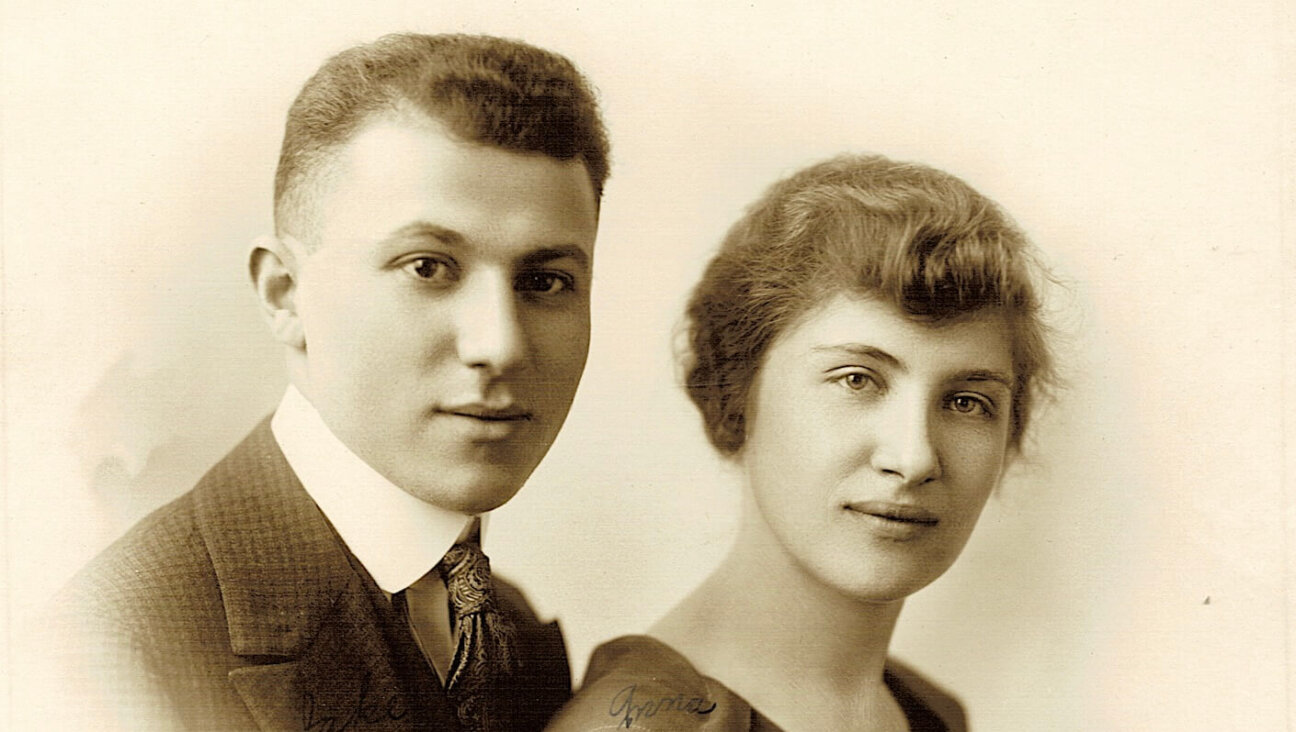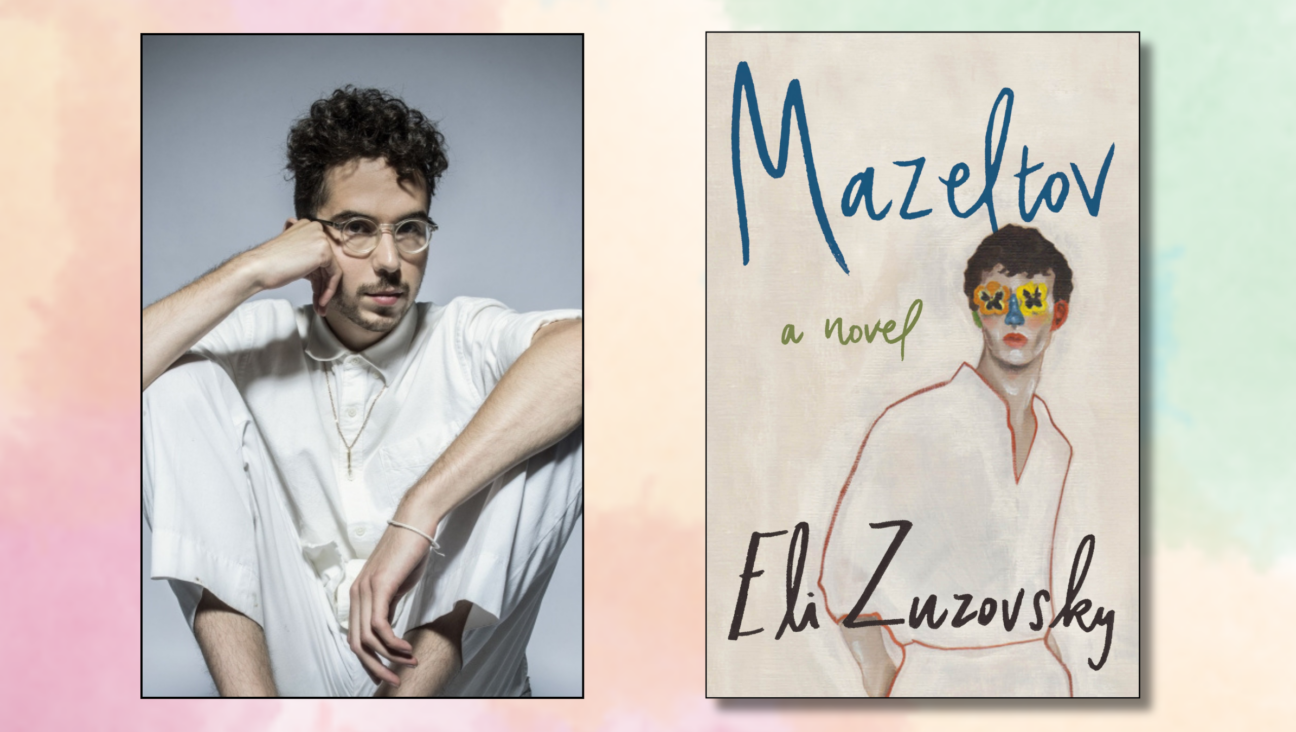Hasidic Rabbi by Day, Pop Artist by Night

Punctuating his dark suit, Yitzchok Moully wears a bright-pink yarmulke, orange socks and a green tie. Moully, a youth director at the Chabad Jewish Center in Basking Ridge, N.J., wears both of his identities — Hasidic rabbi by day, painter by night — proudly.

Although influenced by many sources, Moully’s style is reminiscent of Andy Warhol’s, with his artistic use of bold, bright colors and everyday objects applied to canvas through photo silkscreen. But instead of portraying cans of soup or Marilyn Monroe, Moully relies on pop images from Hasidic culture: dreidels, Kiddush cups, praying rabbis and more. One of his newest pieces, “Williamsburg NY,” features the bridge that divides his two worlds, the Hasidic community on one side and artists on the other.
“I feel comfortable in both worlds,” Moully said. “I love to hang out in the galleries; it gives me energy to paint, to express my message — and then I go to find a minyan and to eat at a kosher pizza shop.”
The 29-year-old photographer and father of three has been painting for about three years. He attended yeshiva (but not art school), and two years ago he began exhibiting in galleries and community centers in New Jersey, New York and Pennsylvania. Currently, his work is on exhibit at the gallery ArtisZen Arts in Lambertville, N.J.
Raised on a commune in the Australian outback, in the 1980s Moully passed through New York with his family en route to Israel and decided to write the Lubavitcher rebbe, Rabbi Menachem Mendel Schneerson. According to Moully, the rebbe advised the family to stay in New York. A 10-day trip became four-and-a-half years, and Moully became Hasidic.
By combining vibrant colors with Jewish and Hasidic themes, Moully unites two apparently separate worlds, which, he said, “in essence are not so disparate.”
Brian Hanck, owner of ArtisZen, believes that Moully will find success both within the Jewish community and beyond. He says many non-Jewish customers have purchased “Tree of Life,” which can be appreciated universally. (Examples of his work can be viewed at chassidicpopart.)
“I like to think I’m bringing the next Warhol character into the community,” Hanck noted. “He’s applying the Warhol tradition and making it his own.”
A message from our Publisher & CEO Rachel Fishman Feddersen

I hope you appreciated this article. Before you go, I’d like to ask you to please support the Forward’s award-winning, nonprofit journalism so that we can be prepared for whatever news 2025 brings.
At a time when other newsrooms are closing or cutting back, the Forward has removed its paywall and invested additional resources to report on the ground from Israel and around the U.S. on the impact of the war, rising antisemitism and polarized discourse.
Readers like you make it all possible. Support our work by becoming a Forward Member and connect with our journalism and your community.
— Rachel Fishman Feddersen, Publisher and CEO





























